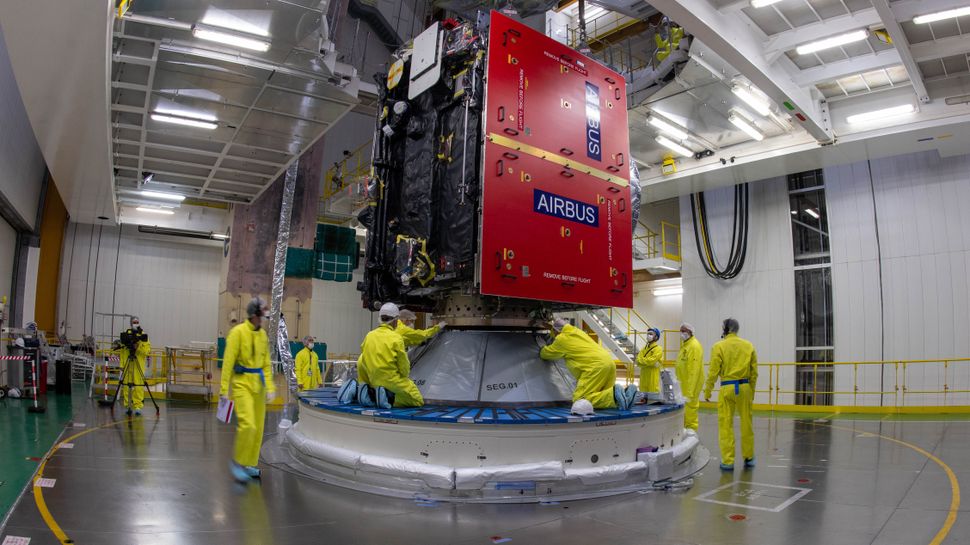https://phys.org/news/2023-02-aurorae-j ... moons.html
by W. M. Keck Observatory
Astronomers using W. M. Keck Observatory on Maunakea in Hawaiʻi have discovered that aurorae at visible wavelengths appear on all 4 major moons of Jupiter: Io, Europa, Ganymede, and Callisto.
Using Keck Observatory's High-Resolution Echelle Spectrometer (HIRES) as well as high-resolution spectrographs at the Large Binocular Telescope and Apache Point Observatory, a team led by Caltech and Boston University observed the moons in Jupiter's shadow so that their faint aurorae, which are caused by the gas giant's strong magnetic field, could be spotted without competition from bright sunlight reflected off of their surfaces.
"These observations are tricky because in Jupiter's shadow the moons are nearly invisible. The light emitted by their faint aurorae is the only confirmation that we've even pointed the telescope at the right place," says Katherine de Kleer, Caltech professor and lead author of one of two new research papers published today in The Planetary Science Journal describing the discovery.
All four of the Galilean moons show the same oxygen aurora we see in skies near the Earth's poles, but gases on Jupiter's moons are much thinner, allowing a deep red color to glow nearly 15 times brighter than the familiar green light.
At Europa and Ganymede, oxygen also lights up infrared wavelengths, just a little redder than the human eye can see—the first occurrence of this phenomenon seen in the atmosphere of a body other than Earth.
At Io, Jupiter's innermost moon, volcanic plumes of gas and dust are vast in size, reaching hundreds of kilometers in height. These plumes contain salts like sodium chloride and potassium chloride, which break down to produce additional colors. Sodium gives Io's aurora the same yellowy-orange glow that we see in urban streetlamps. The new measurements also show potassium aurora at Io in infrared light, which has not been detected anywhere else previously.
